Aomori Prefecture is known for its wild and vast forests that blanket the area, making it an obvious choice for prime scenery for autumn color viewing. The prefecture’s top spot, the Oirase Gorge & Towada Lake, is well worth fighting the traffic and crowds to see, but the Hachinohe Area has equally breathtaking areas that offer a more serene and personal experience.
Below is a list of the Hachinohe Area’s best spots for autumn leaf viewing. From giant golden gingko trees to secluded tranquil waterfalls, these spots are great places to enjoy the colors of autumn in all their natural beauty.
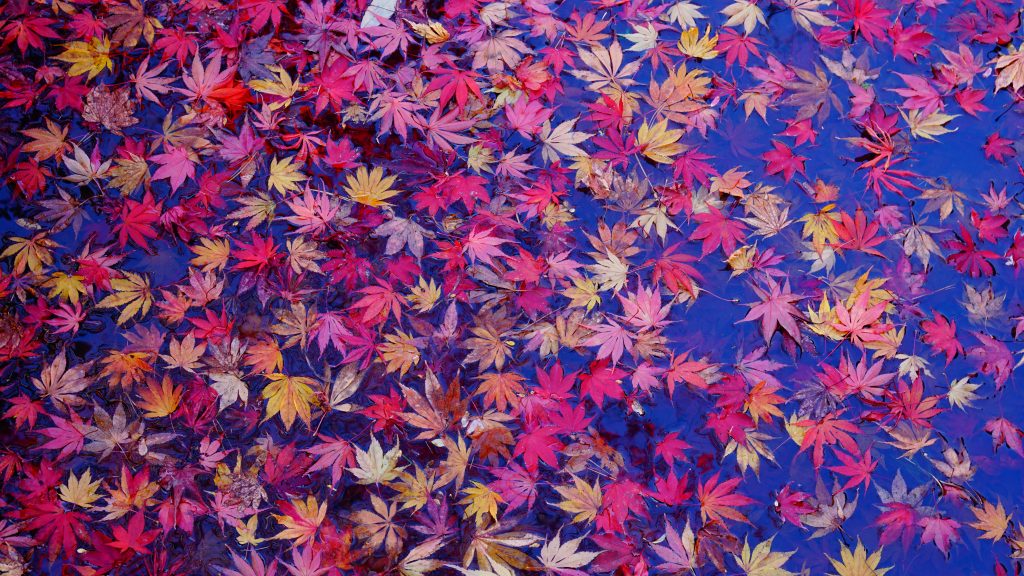
The Keishouan Tea house is located in the Kakko No Mori Echo Land, next to the Nango Roadside Station in Hachinohe. The tea house was constructed to provide a space for Japanese tea ceremonies, and it just so happens to be one of the best spots in Hachinohe for autumn foliage viewing. The classic Japanese architecture of the building accentuates the natural beauty of the stunningly red leaves of the surrounding maples. A small brook runs by the tea house in which the falling leaves gather, creating a flowing carpet of crimson and gold.
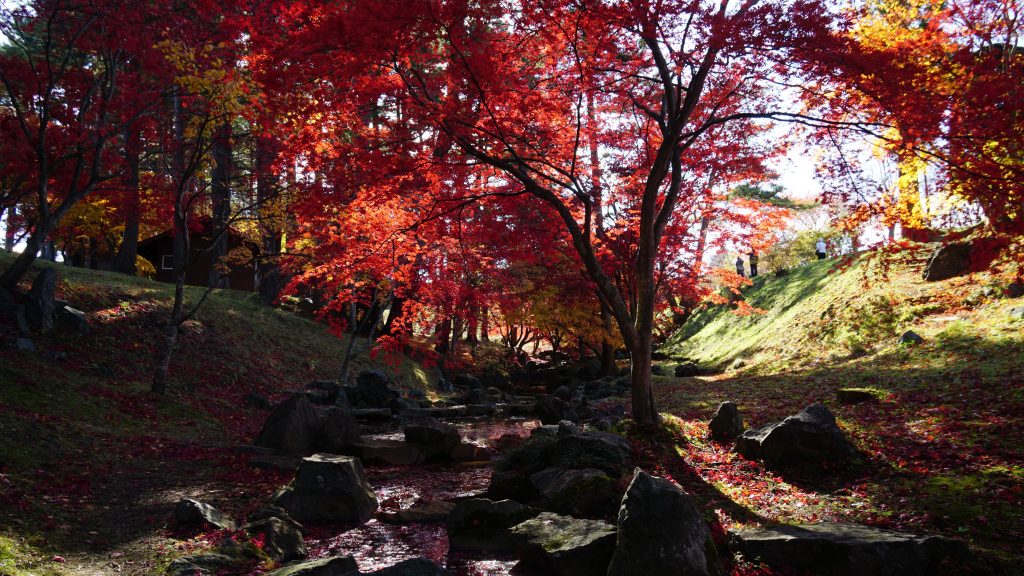
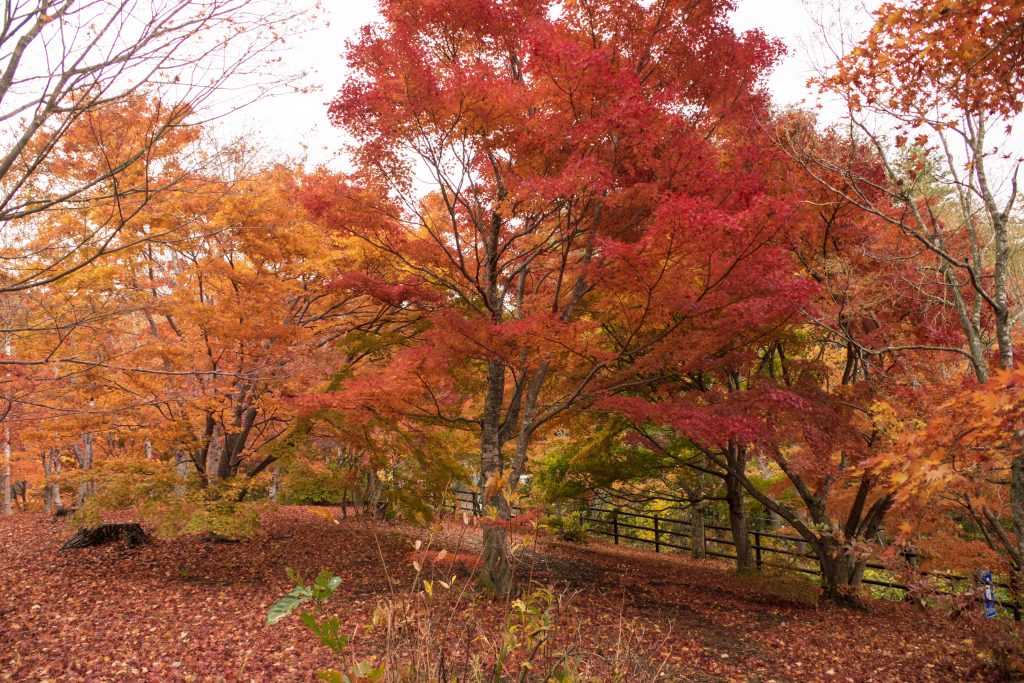
Narawazu Hill is a great park located in the Shimin-no-Mori (people’s forest). The park and its facilities feature beautiful nature, walking paths, a viewing platform that overlooks the whole of Hachinohe City, and even a campground equipped with a stone pizza oven. But, one of the most popular times to visit the Hill is during autumn as the abundant maple trees of the park turn into magnificent shades of reds, oranges, and yellows.
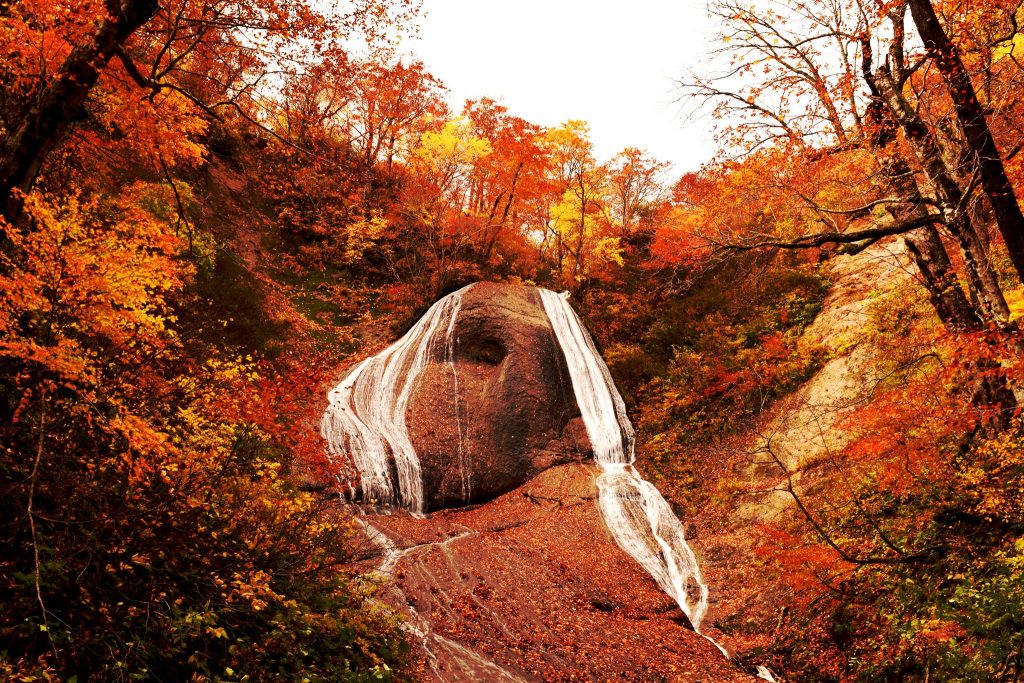
The road leading to the waterfall runs along a small stream and is covered on both sides by trees brimming with autumn colors. There is a small park and rest area at the beginning of the trail to the waterfall, which is only a ten-minute walk away. The Miroku Waterfall is a wide-branching, slow-falling waterfall that is framed by stately trees that shed multicolored leaves as the chilly autumnal winds blow, creating an almost dream-like atmosphere. The trip out to the Miroku Waterfall makes for a great and refreshing outing, and rewards its visitors with unspoiled and idyllic scenery.
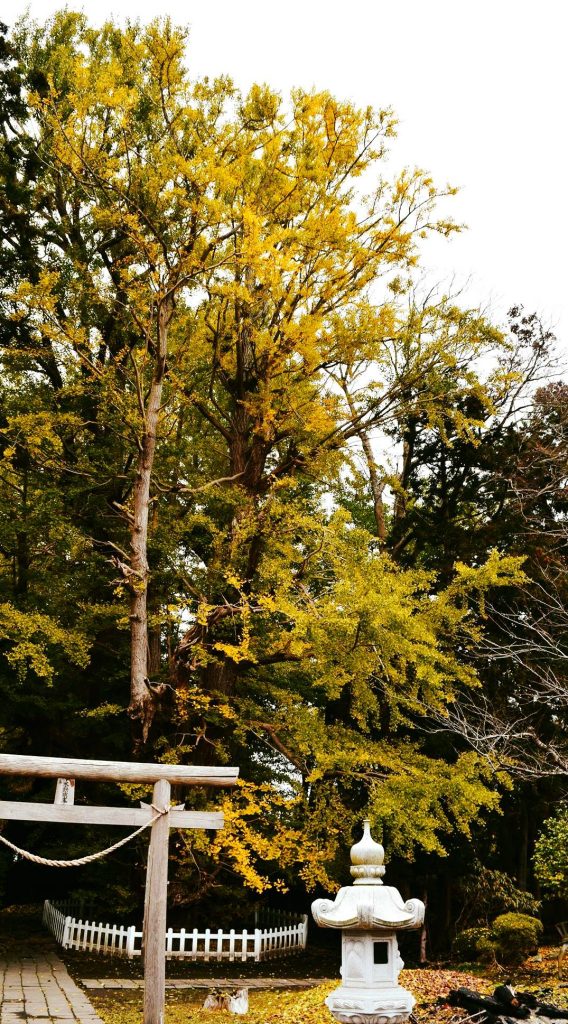
A small but quaint garden, shrine, and rest area surround the Great Ginkgo Tree, and during autumn the tree’s leaves turn a beautiful golden color, creating a wonderful sight to behold.
Although not the tallest in all of Japan (at 32m or 105 feet, it’s still quite tall), the tree is touted to be the oldest for it is more than 1,100 years old. The story goes that a long time ago, a Japanese monk named Ennin fell asleep at that spot, weary from his long travels. While he slept, the walking staff he was traveling with took root and became the very Gingko tree that still exists today. The gingko tree is called ‘Negishi no O-Icho’ in Japanese and has been revered and cared for by the people of Oirase for centuries.
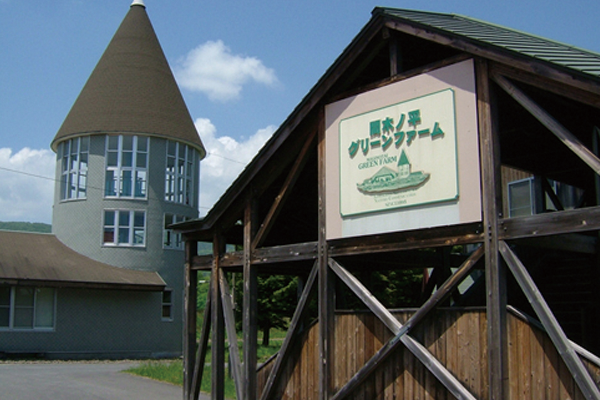
The Shingo Roadside Station, or more accurately the country road running from Towada Lake to the facility, is a great area to drive during autumn. Route 454 is a back road that lets you escape the more crowded areas around Towada Lake, cut through the mountains and travel through the village of Shingo. This peaceful route lets you see all the dynamic colors of fall, dappled with small scenes of rural Japanese farm life without the traffic. At the end of the drive, be sure to stop by the Shingo Roadside Station and neighboring Maginotai Green Farm for delicious ice cream made with fresh milk from cows on-site. But be careful, the facility closes for winter starting from Nov. 5.
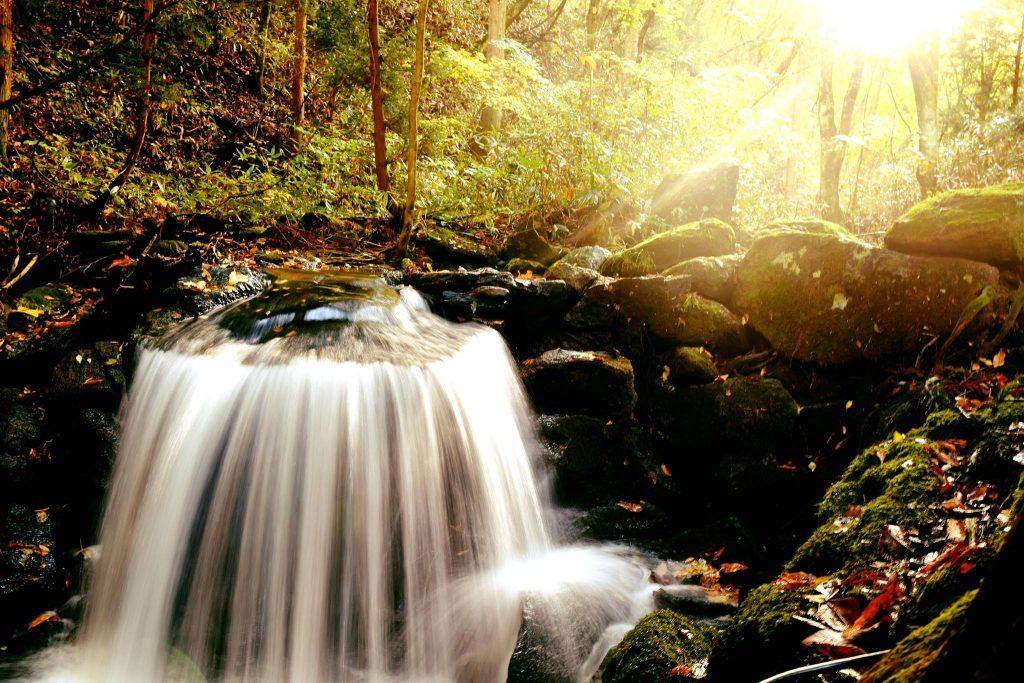
The serene and lush grounds of the Terashita Kannon Temple are situated at the base of Mt Hashikami. The grounds are a wonderful place to enjoy the serene atmosphere of nature at any time during the year, but during autumn it is a must-see. Verdant moss covers stones, trees, and the ground, creating a unique and wonderful contrast to the usual autumn colors. Although relatively small, the temple boasts a history stretching back hundreds of years, and also offers an interesting glimpse into Japan’s religious past.
